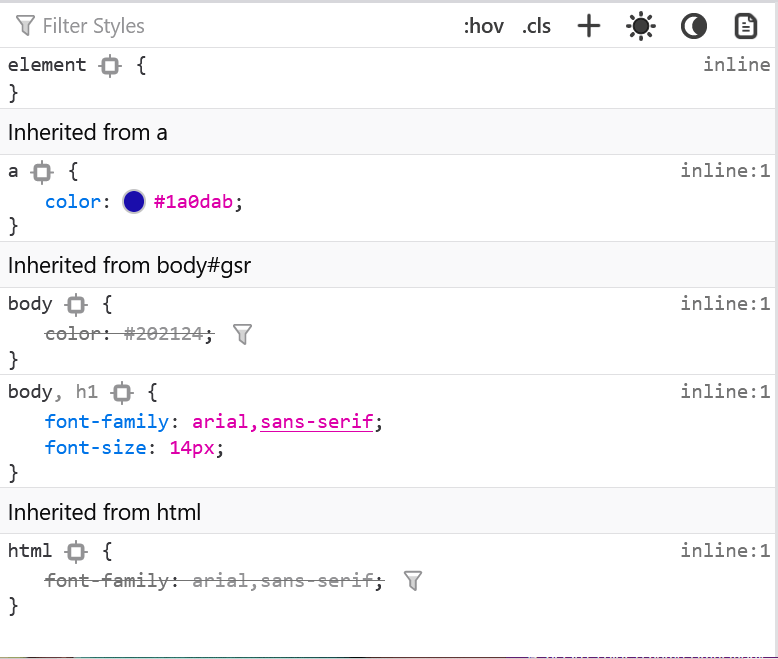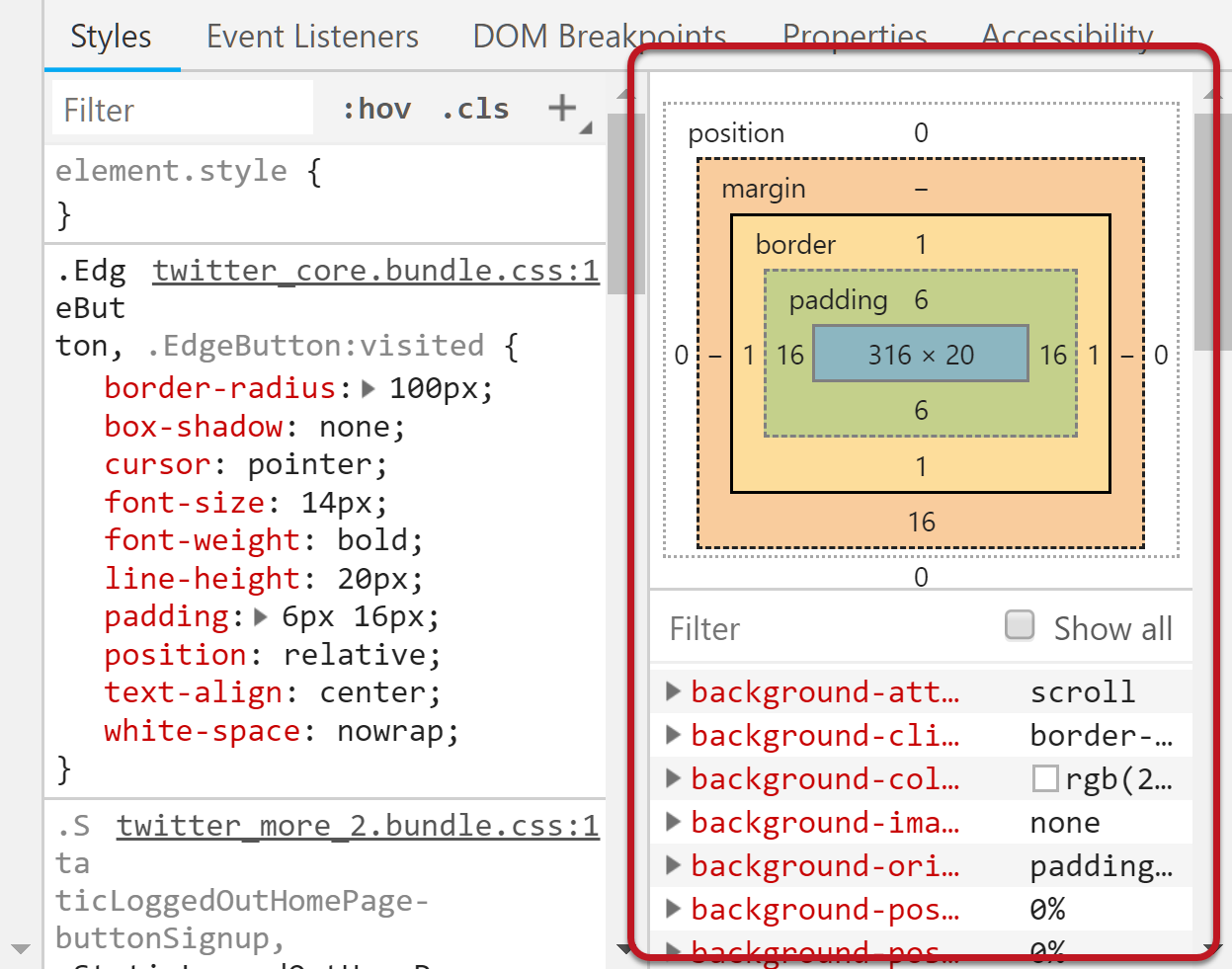

Long blocks of unbroken paragraph text are not only hard for dyslexic users to read, but for non-dyslexic users too. It’s easy for dyslexic readers to lose their place with long paragraphs. You can also use a dark gray for your text instead of pure black to cut the glare even more. To avoid this, use an off-white color for your background, like light gray or tan. This can cause the words to swirl or blur together. It’s because many dyslexic users are sensitive to the brightness the high contrast colors cause. There’s a reason the text you’re reading now is not pure black (#000000), and the background is not pure white (#FFFFFF). Pure black text on a pure white background You can lessen this effect by avoiding a couple of bad practices.ģ. This can significantly affect a dyslexic user’s reading ability, and make reading tiring for them. This is when dyslexic readers see their text blurring or swirling or together. Blur EffectĪnother kind of visual distortion effect that can occur among dyslexic users is the blur effect. Double spacing after a period can create “rivers” within text that make it difficult for users to find the end of sentences. īut single spacing after periods is enough because most websites use proportionally spaced fonts. Because of this, people thought that double spacing after periods would make the end of sentences more distinct. Typewriters used monospaced fonts back then. This practice originates from the typewriting days of the past. Most of us have a habit of double spacing after periods at the end of a sentence. You can avoid creating the river effect by using left-aligned text, instead of justified text for your paragraphs. This can cause dyslexic readers to repeatedly lose their place when reading.

When these spaces line up above one another, a distracting river of whitespace can appear. This is because it creates large uneven spaces between letters and words. Justified text is not only difficult to read for dyslexic users, but for non-dyslexic users as well. There are a couple bad practices that make the river effect happen. It can look like a river of whitespace flowing down the words on a page. This is when large gaps occur within consecutive lines of text. River Effectĭyslexic users may sometimes see the river effect in the text they’re reading. But the effect they have on dyslexic users is much worse. These bad practices can also make reading difficult for non-dyslexic users. These effects vary in degree from person to person, but they can make reading text that much harder.īelow are six bad practices that are likely to cause these visual distortion effects for dyslexic users. When dyslexic users read text, sometimes they can experience visual distortion effects. Seeing things from their eyes can give us a better perspective on why accessible design is so important. Īs designers, we can help dyslexic users read text better by avoiding the bad design practices that hurt them. Dyslexia is a learning disability that impairs a person’s fluency or accuracy in being able to read, write, and spell. Web accessibility doesn’t only extend to color blind users, but dyslexic users too.


 0 kommentar(er)
0 kommentar(er)
